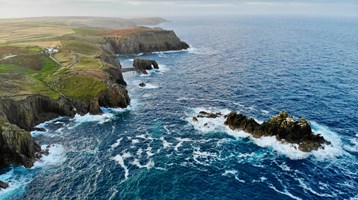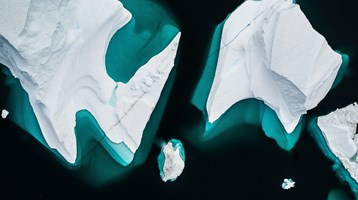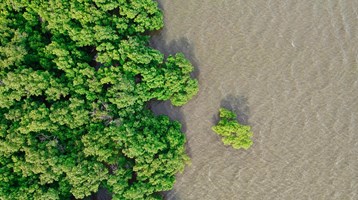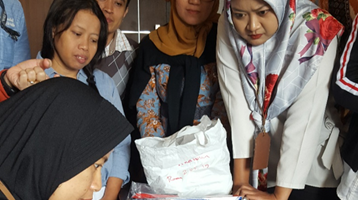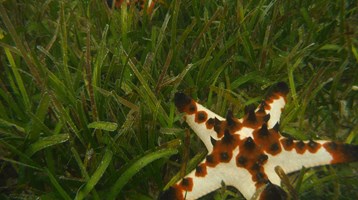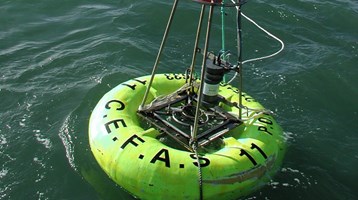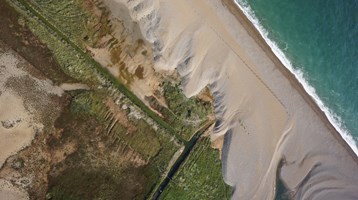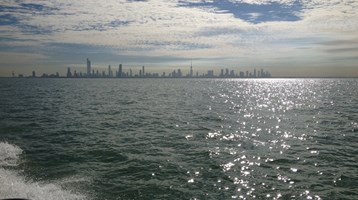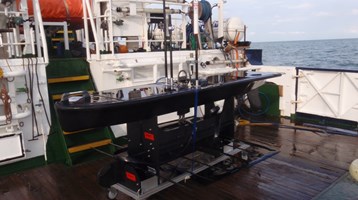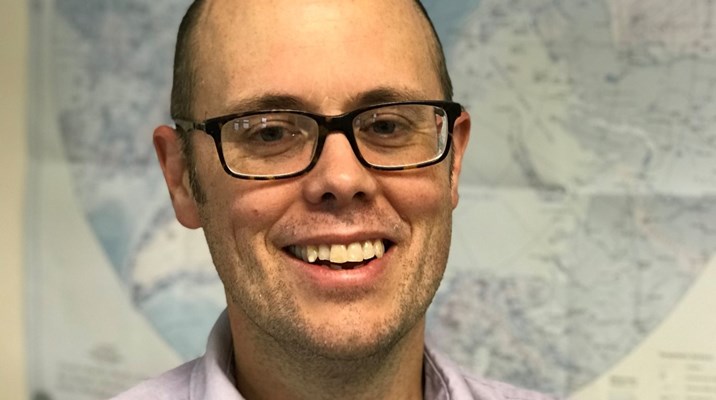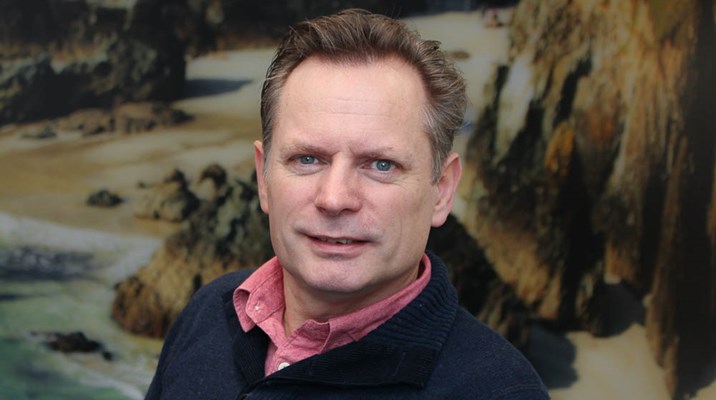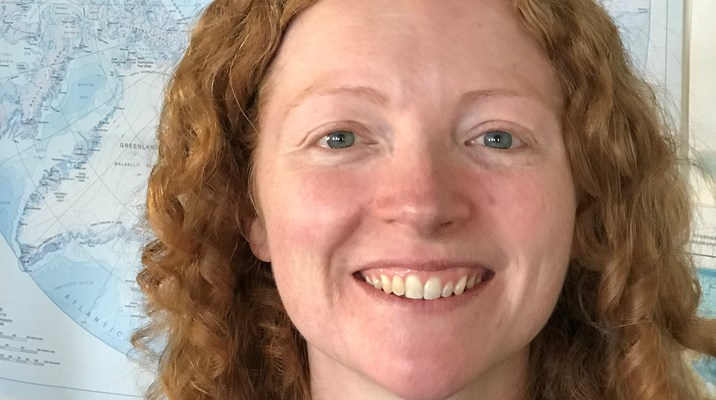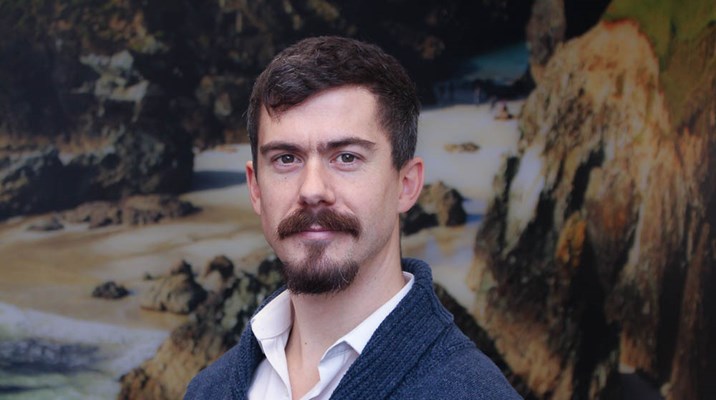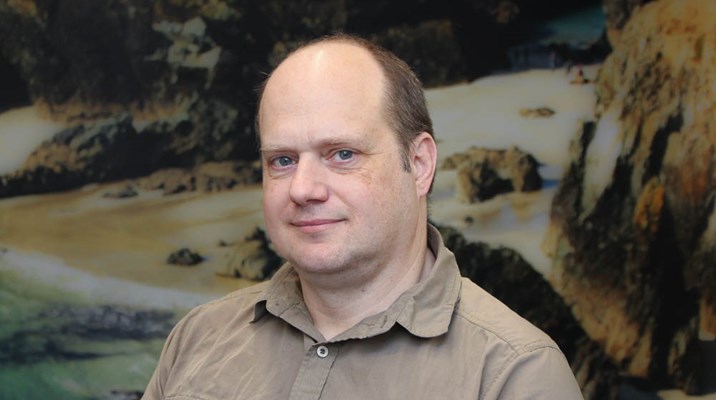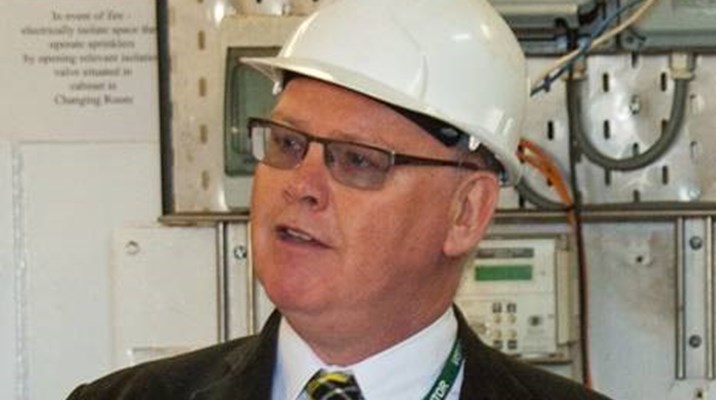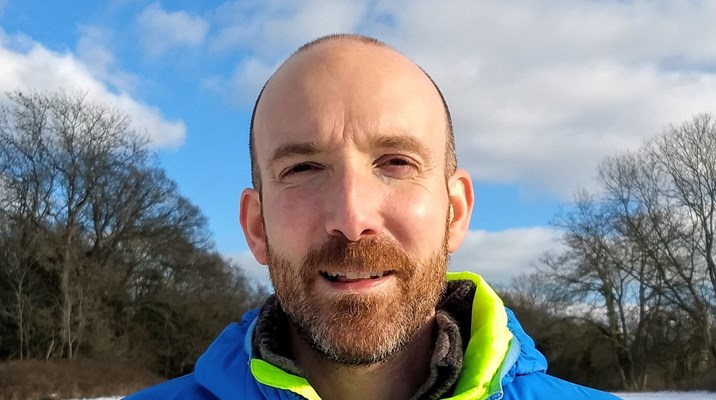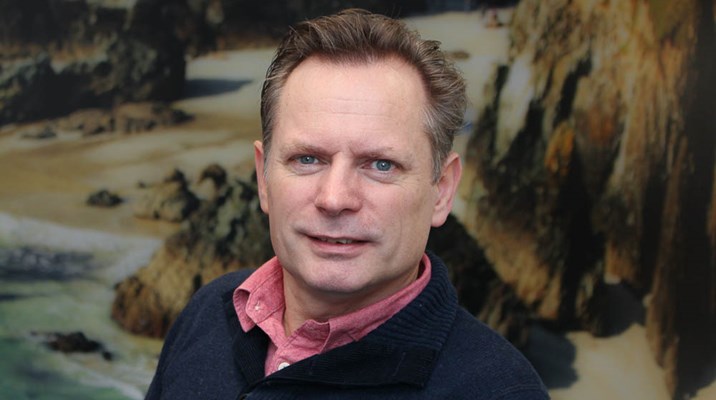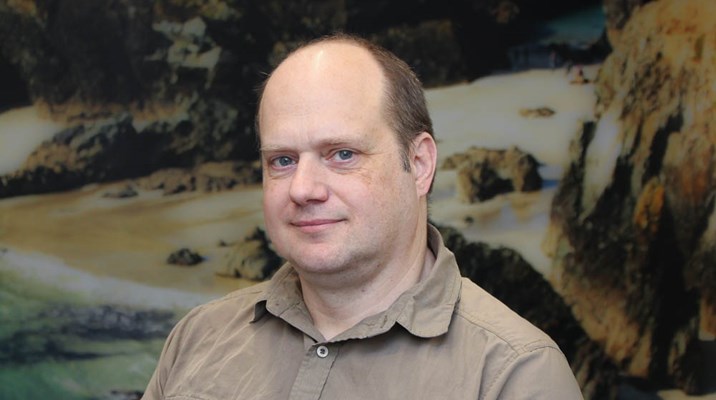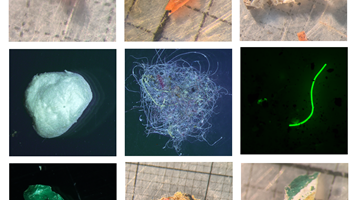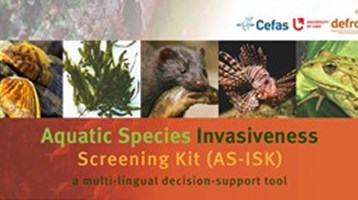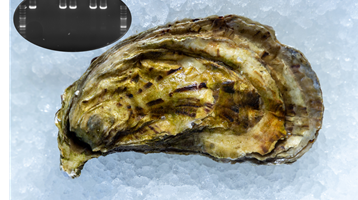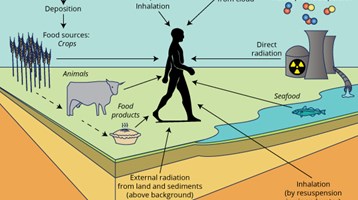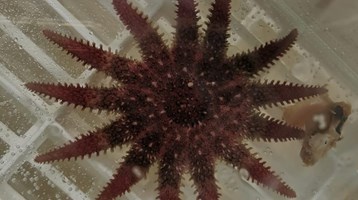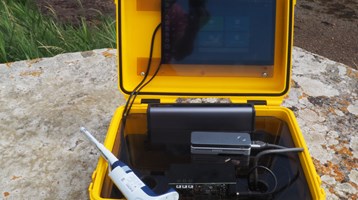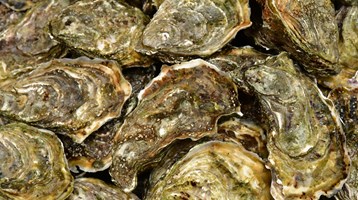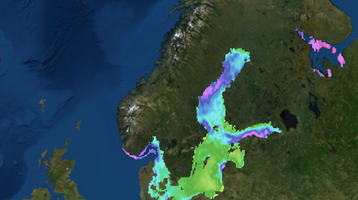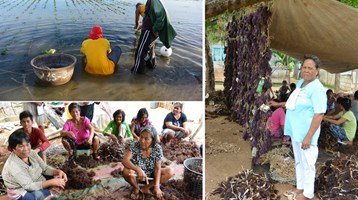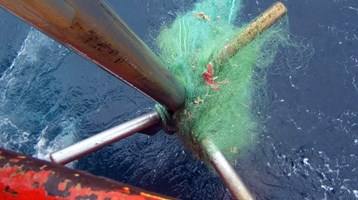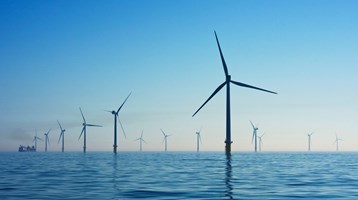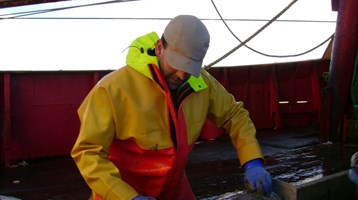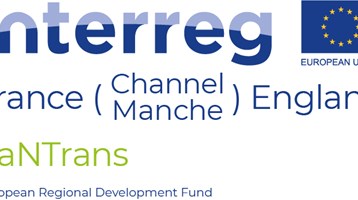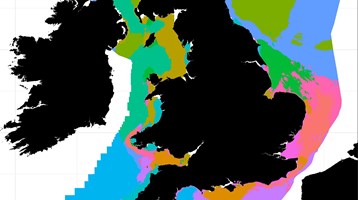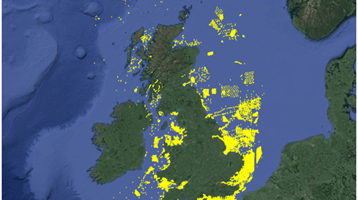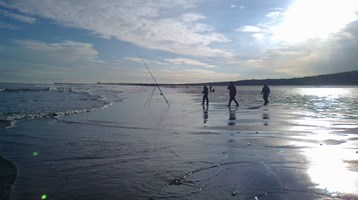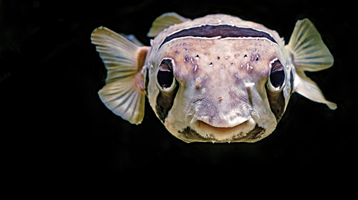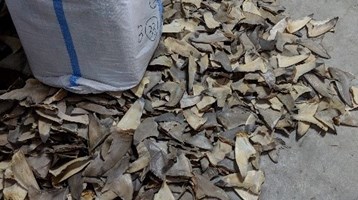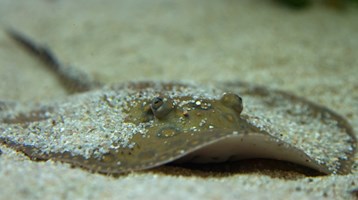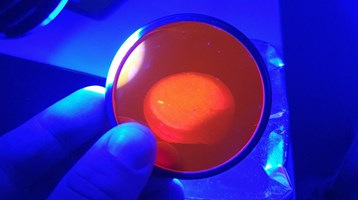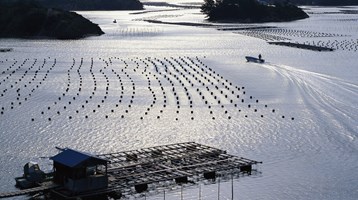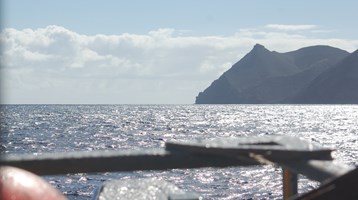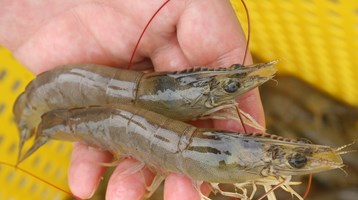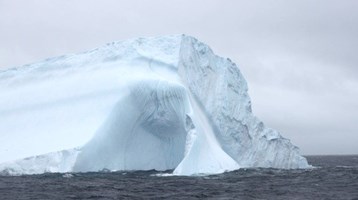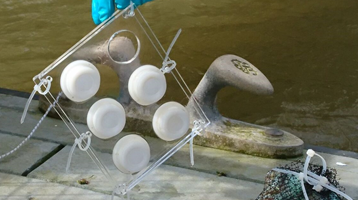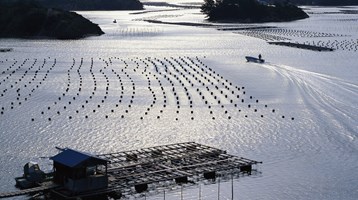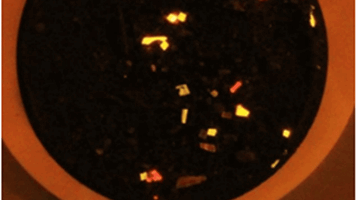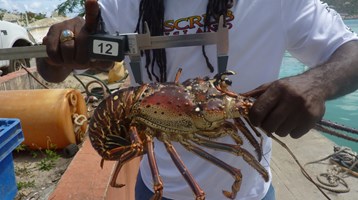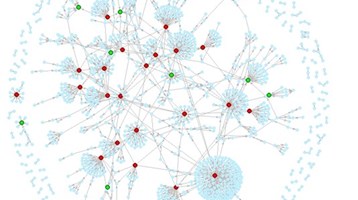The economic value of ‘blue’ carbon and beyond.
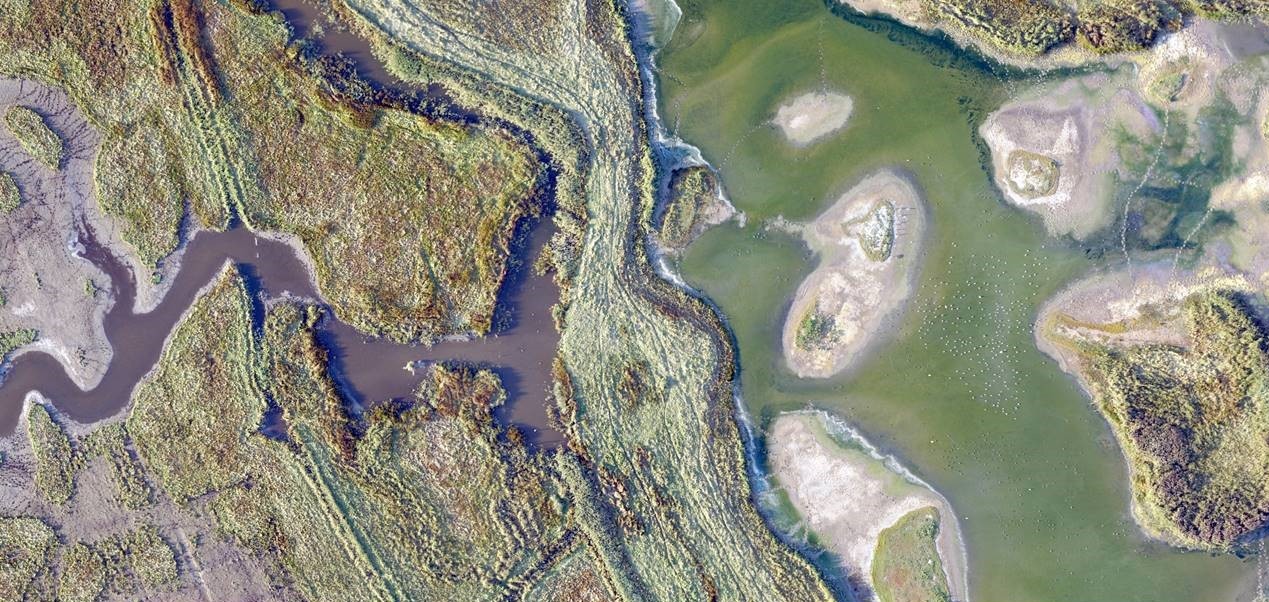
Blue carbon ecosystems, namely saltmarshes, seagrasses and mangroves, are an important recognised sink of carbon because they provide an ecosystem service which helps to mitigate climate change impacts. It is currently under discussion whether other coastal and marine ecosystems provide the same service. Man-made disturbances such as land use change, dredging, or trawling on coastal and marine ecosystems can generate welfare costs to present and future generations, which can be economically estimated. Human management of these ecosystems, on the other hand, can help prevent future losses or enhance the value of this service.
In WP5 of the Shelf Sea Biogeochemistry programme, for example, Cefas analysed available ecological and biogeochemical data to investigate the economic costs to society of a disruption of this service in the UK coastal and marine ecosystems, including the shelf sea sediments. We explored the issue through a scenario analysis looking at 25 and 50 year time horizons and estimated the economic losses due to human disturbances and the economic gains achievable through saltmarsh restoration. We have also run a workshop at the Collaborative Centre for Sustainable Use of the Seas (CCSUS) to explore these issues further with experts in the field of marine biogeochemistry, climate change, economics, social sciences, and governance.
As a result of this interdisciplinary study, we have realised the importance of shelf sea sediments in the provision of this regulating service which helps to keep the climate in balance. We have estimated the potential costs to society of losing this precious service from coastal and marine ecosystems and looked at initial trade-offs in a paper now published in Ecosystem Services. From the workshop, we have realised the importance of an interdisciplinary approach to the issue of blue carbon and further research is ongoing between the experts that took part.
Related to this article
Topic
Case studies
People
Further Reading


Working for a sustainable blue future
Our Science

